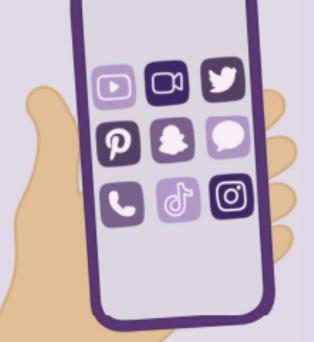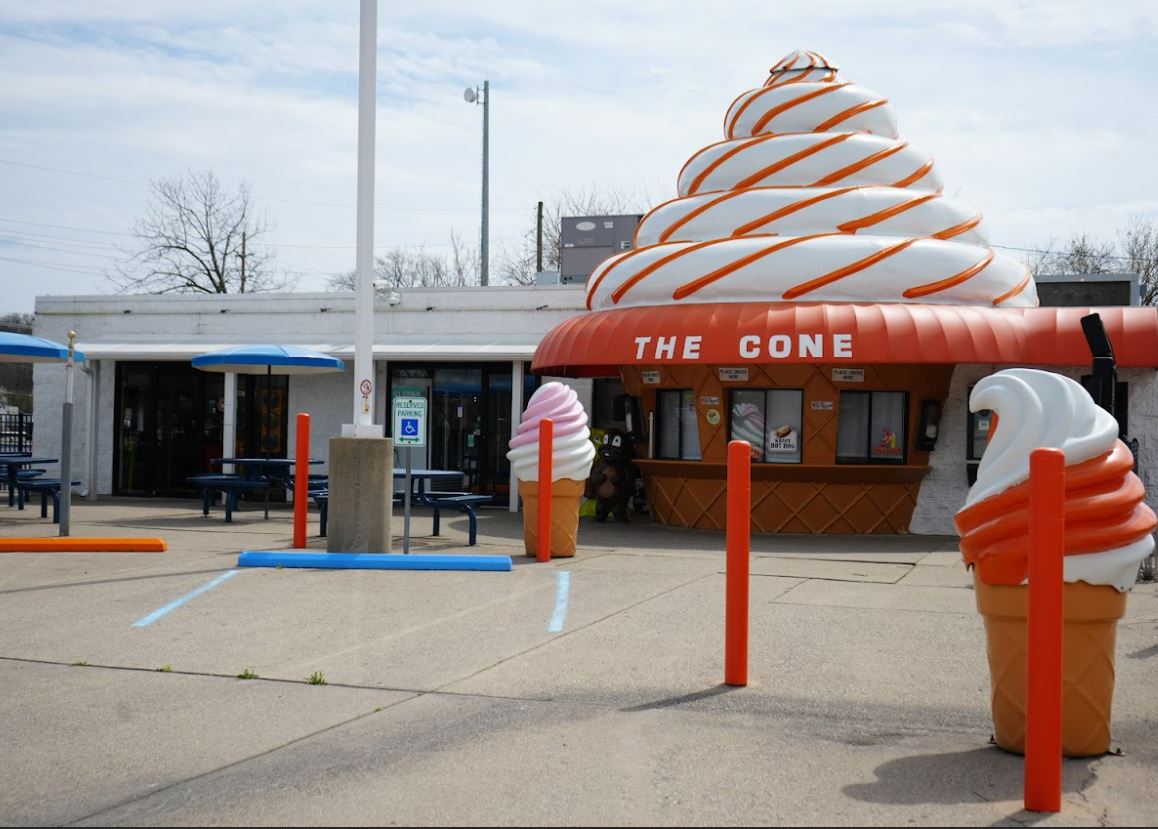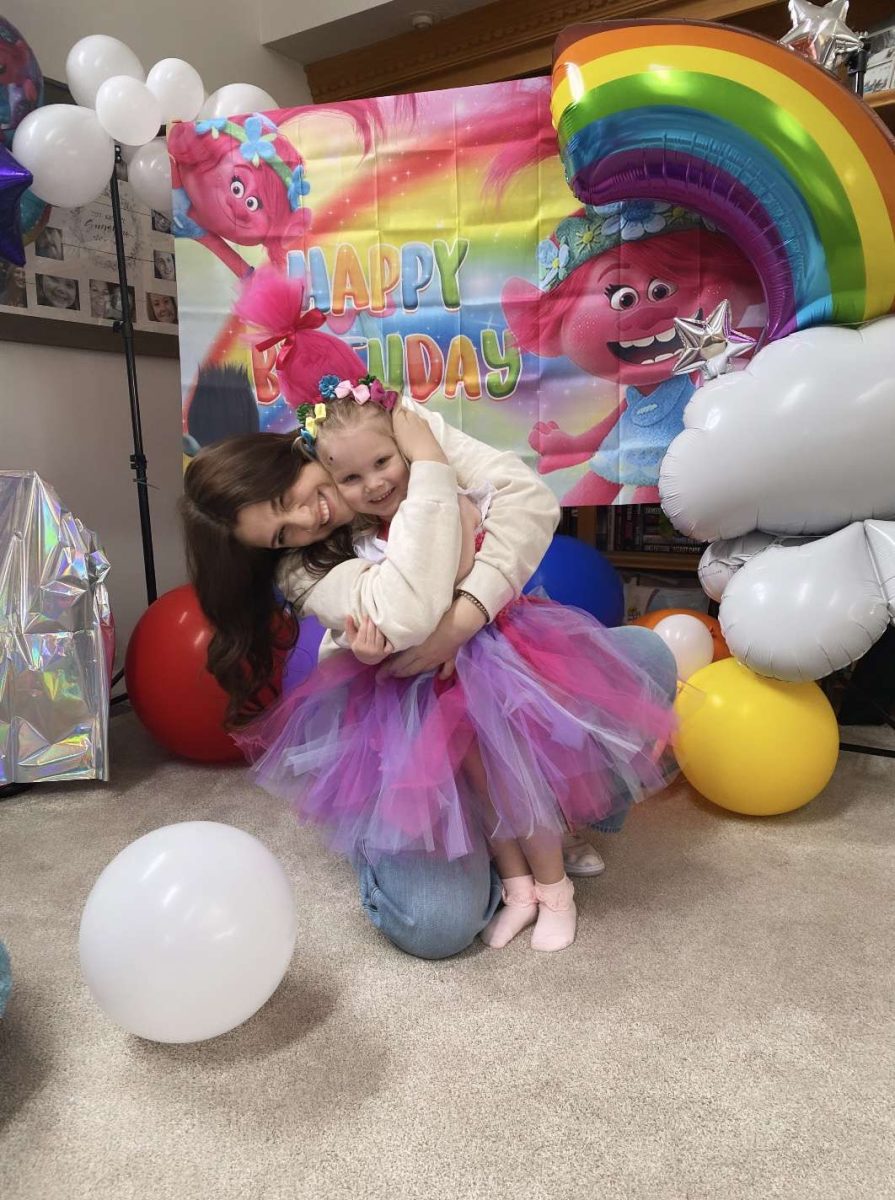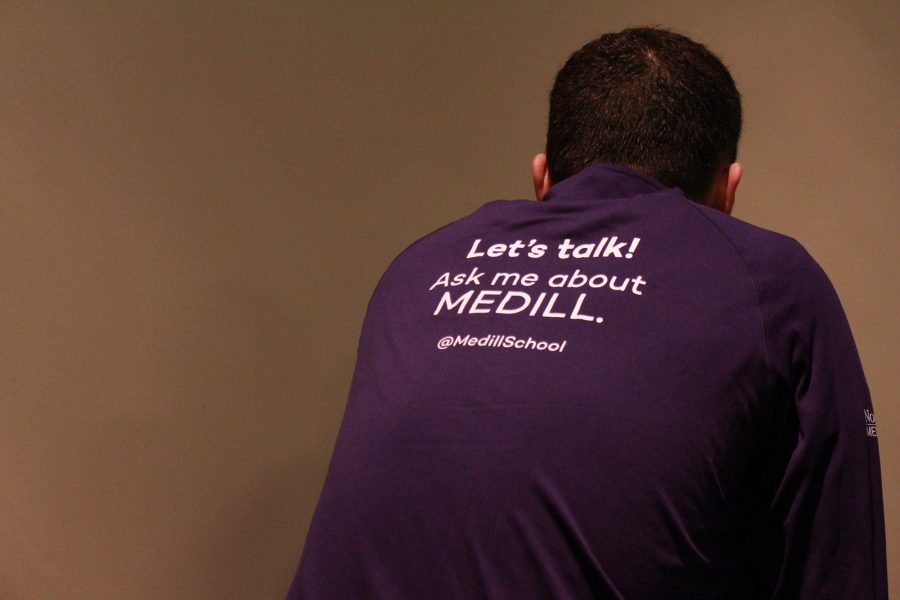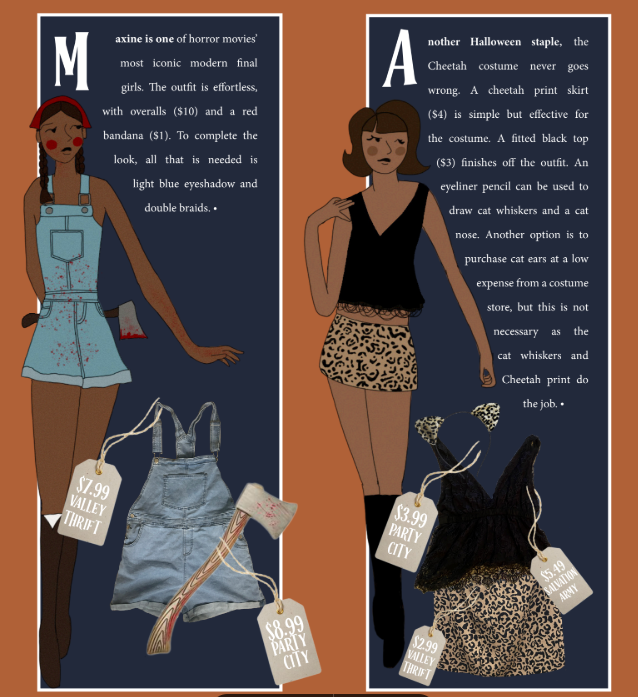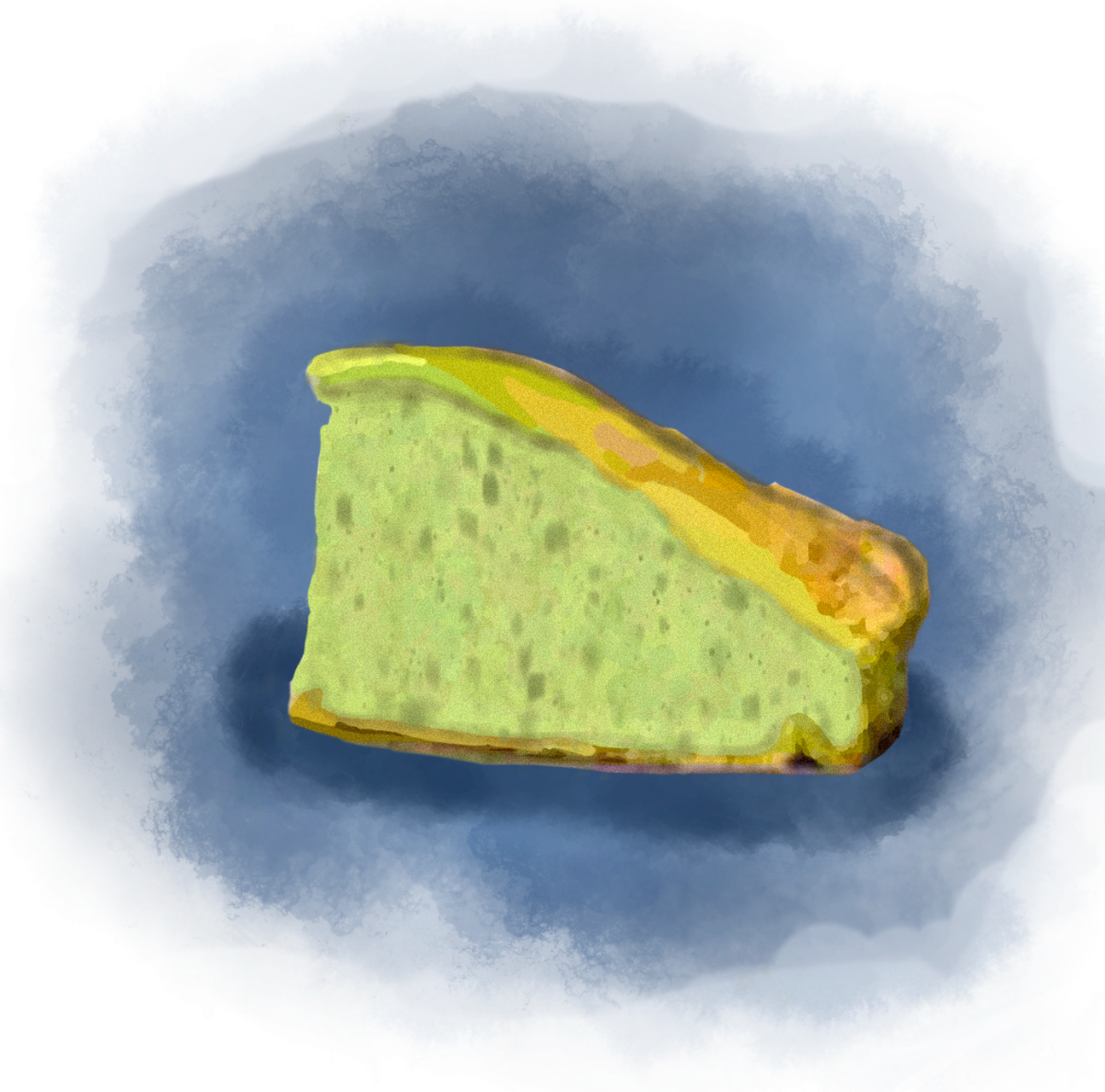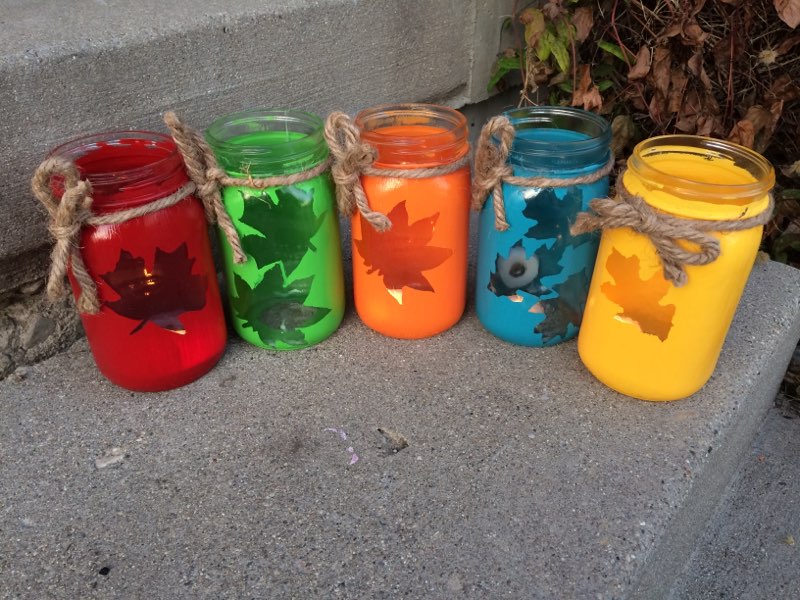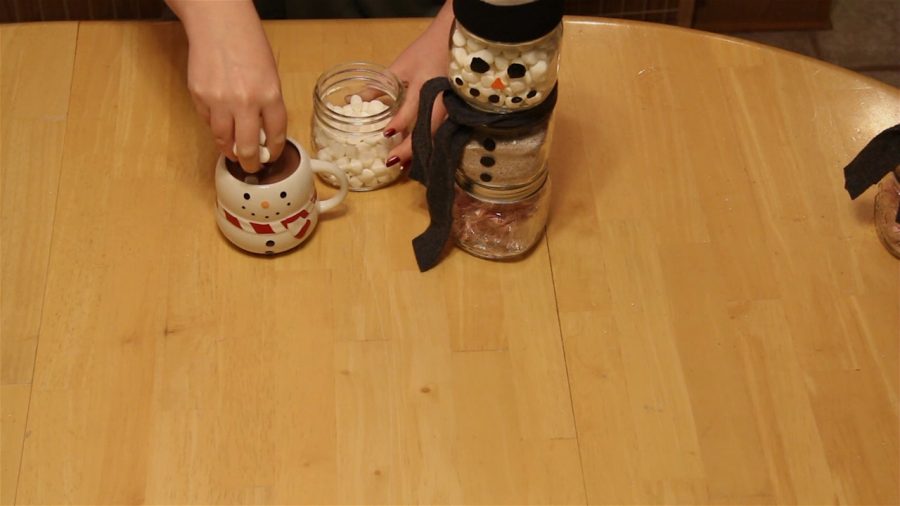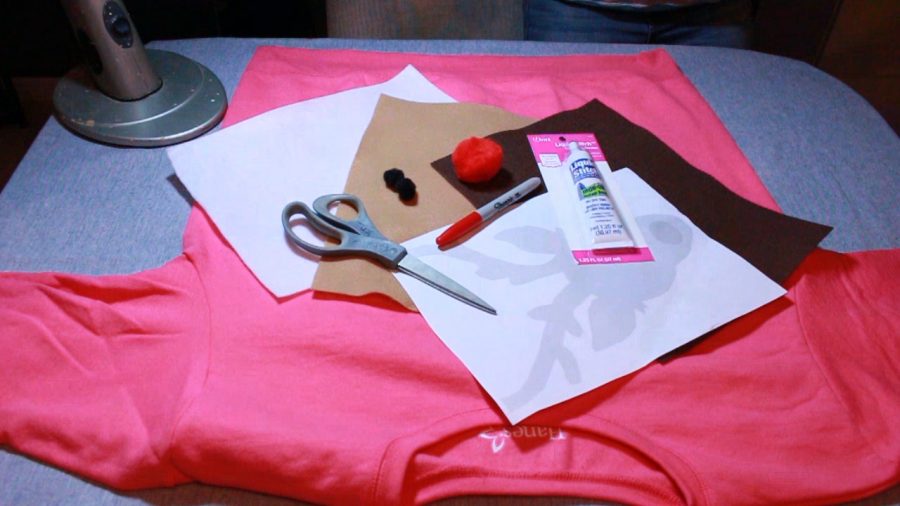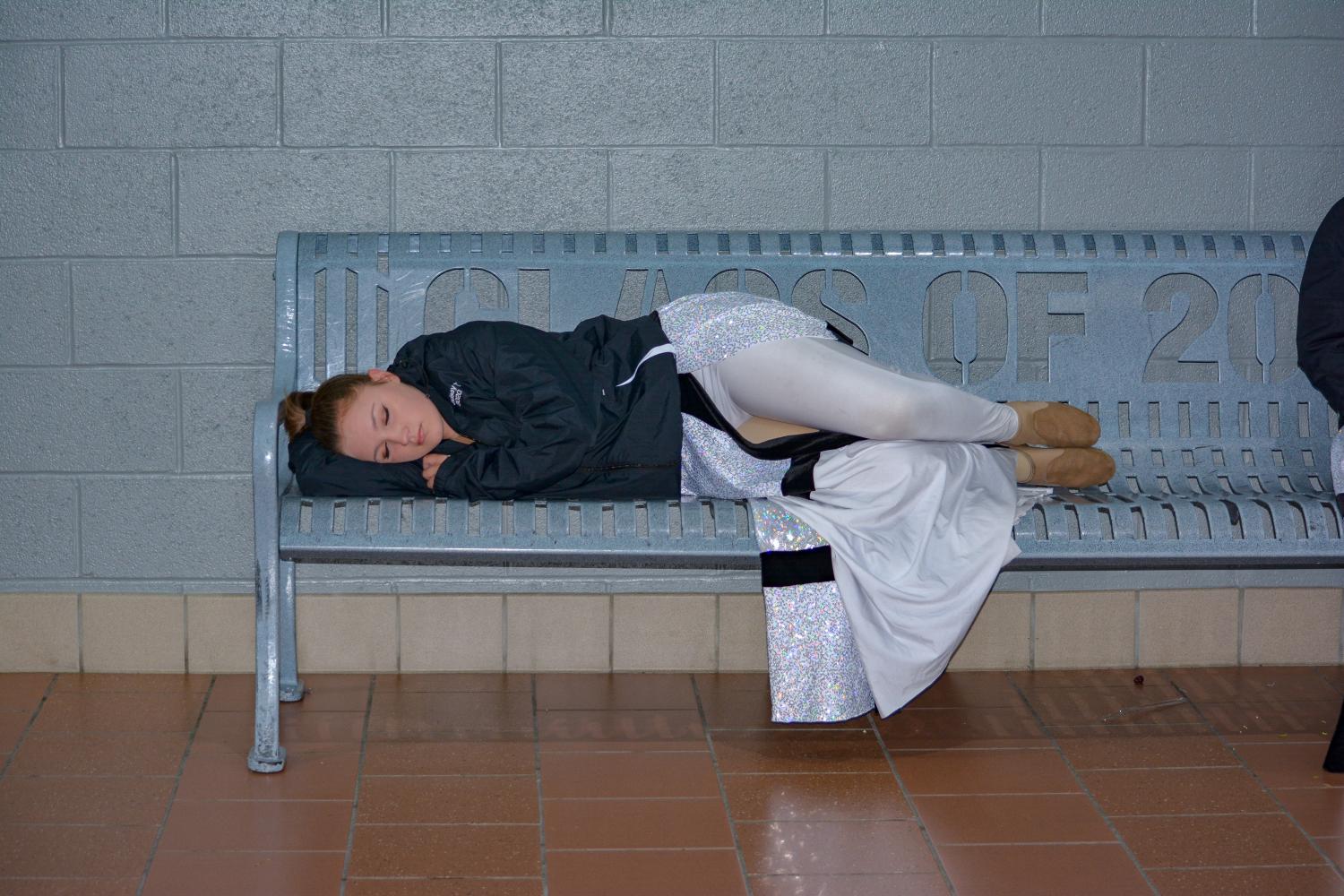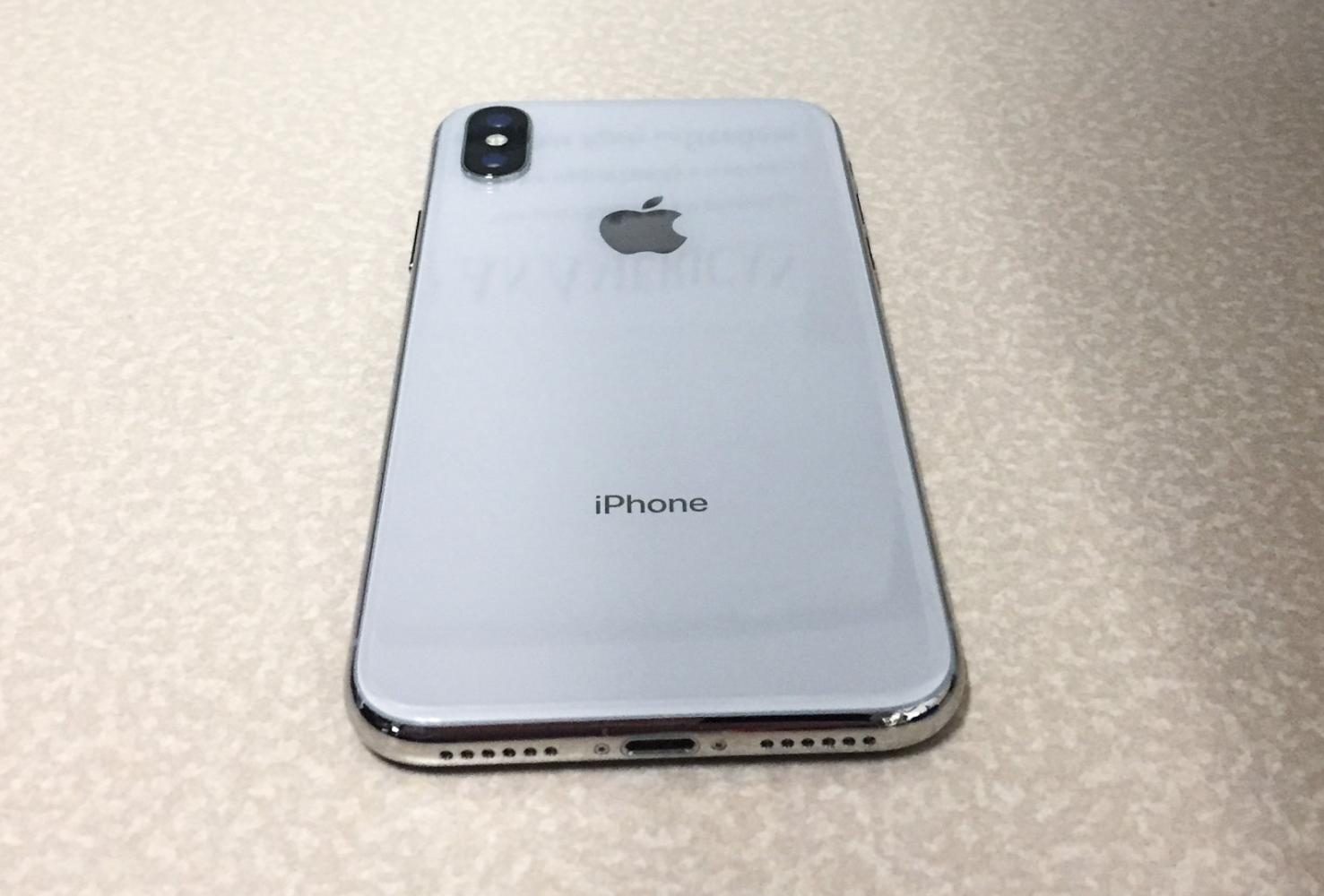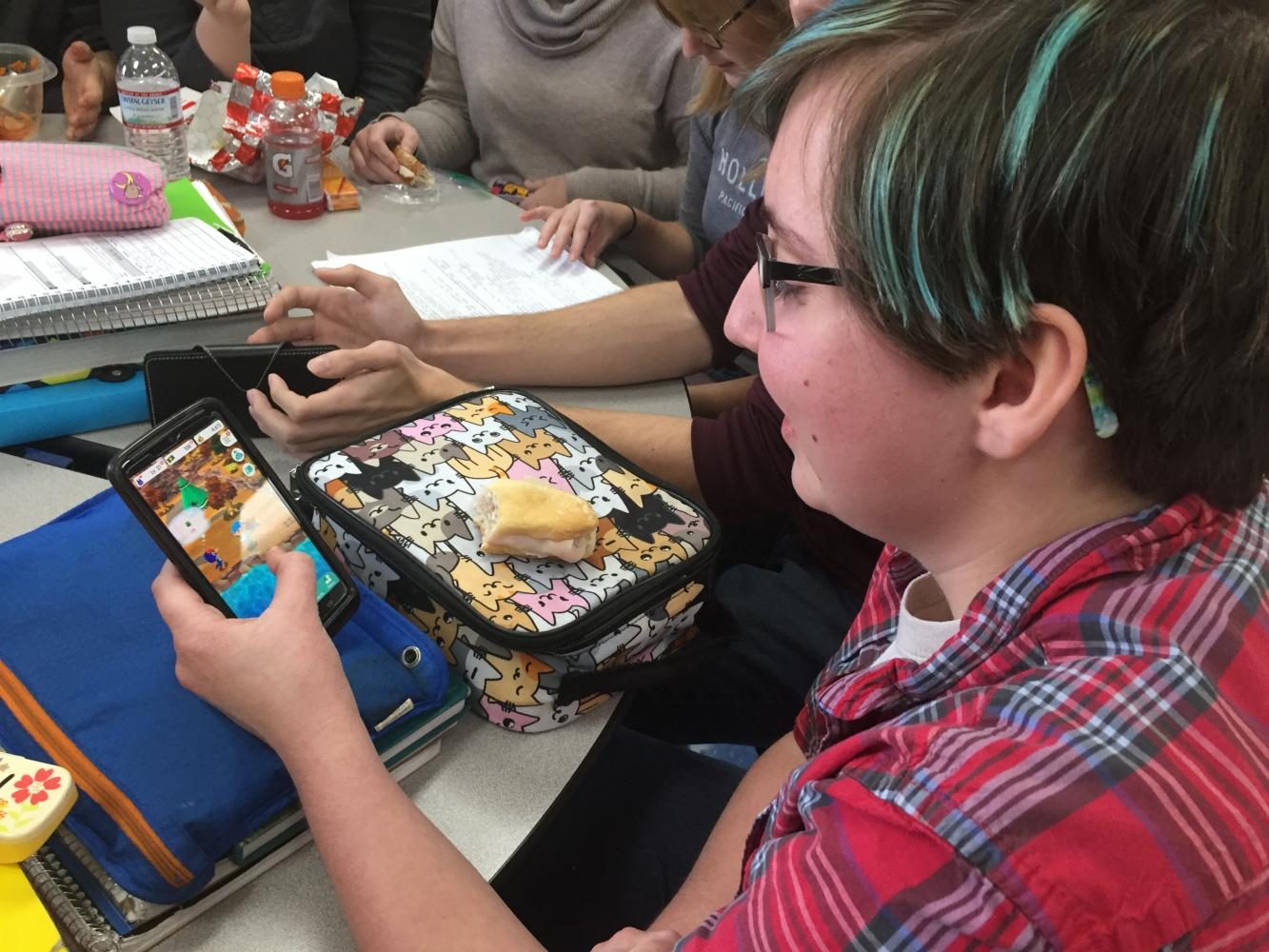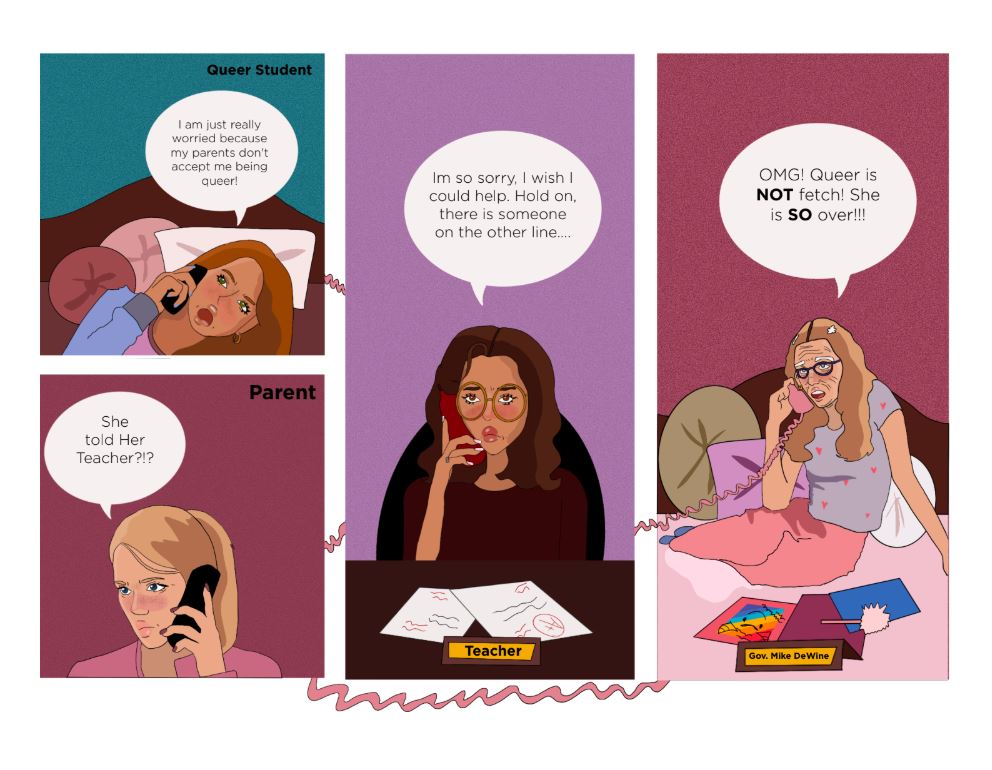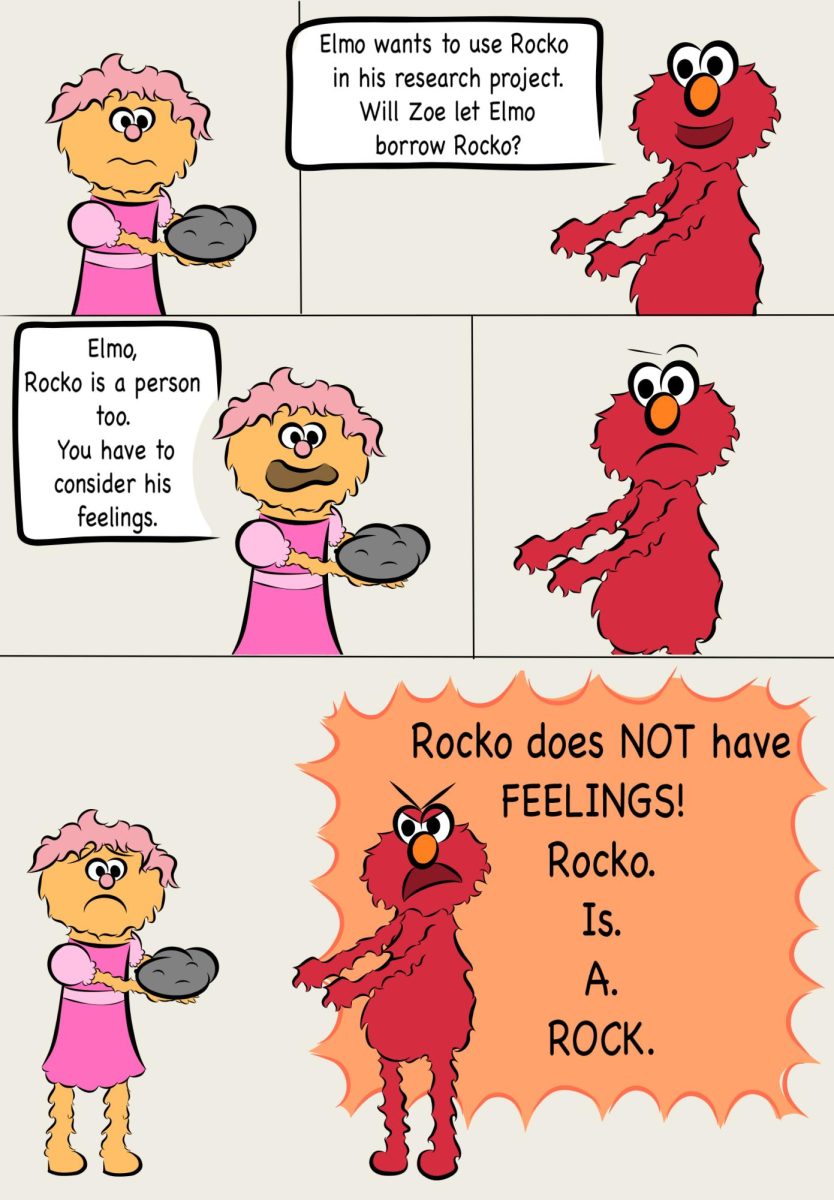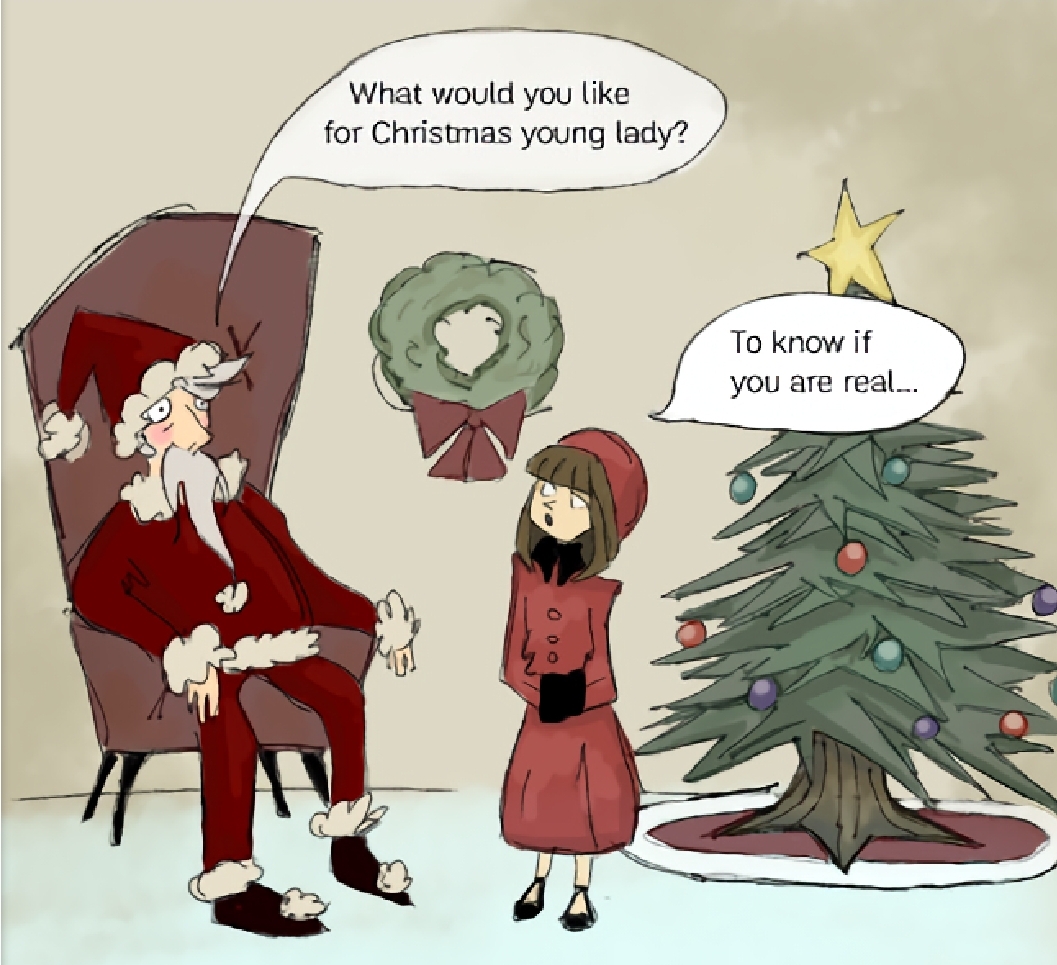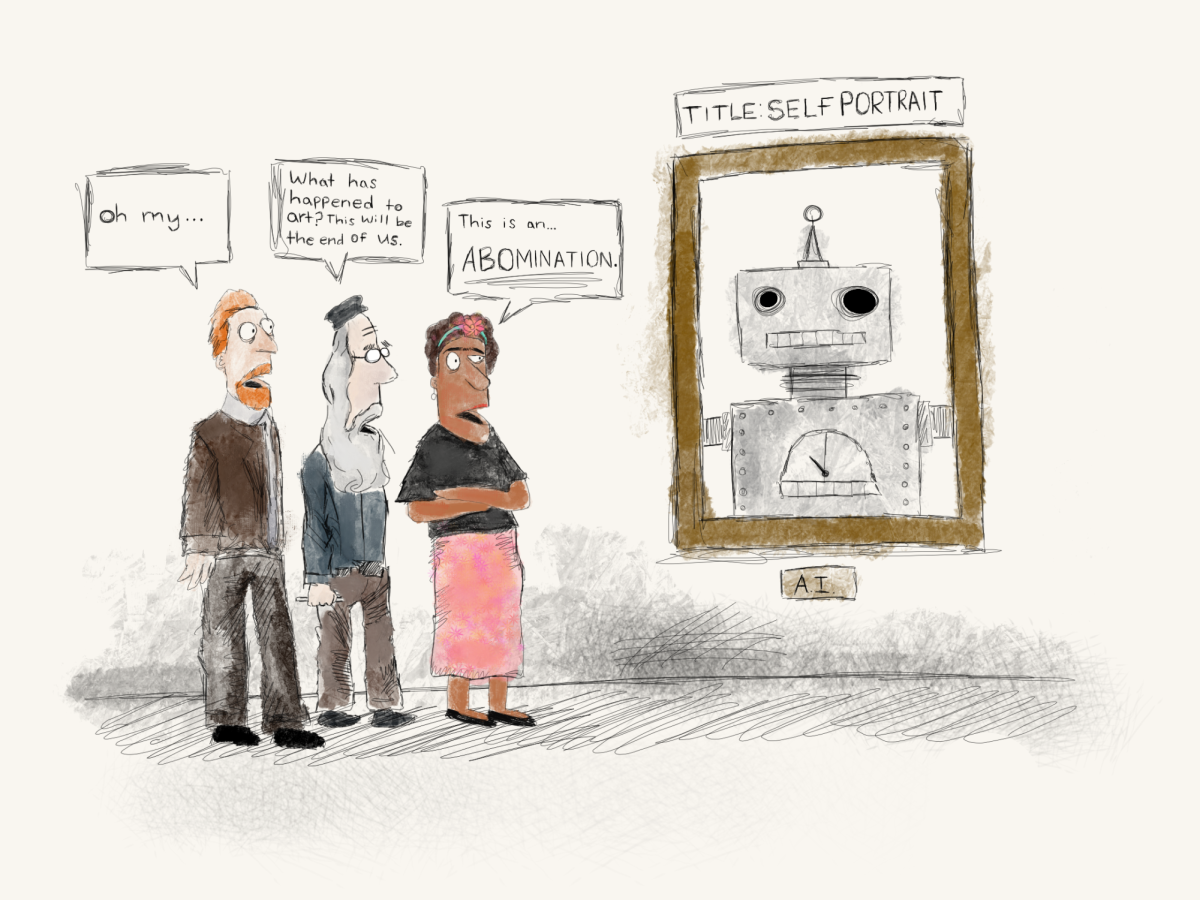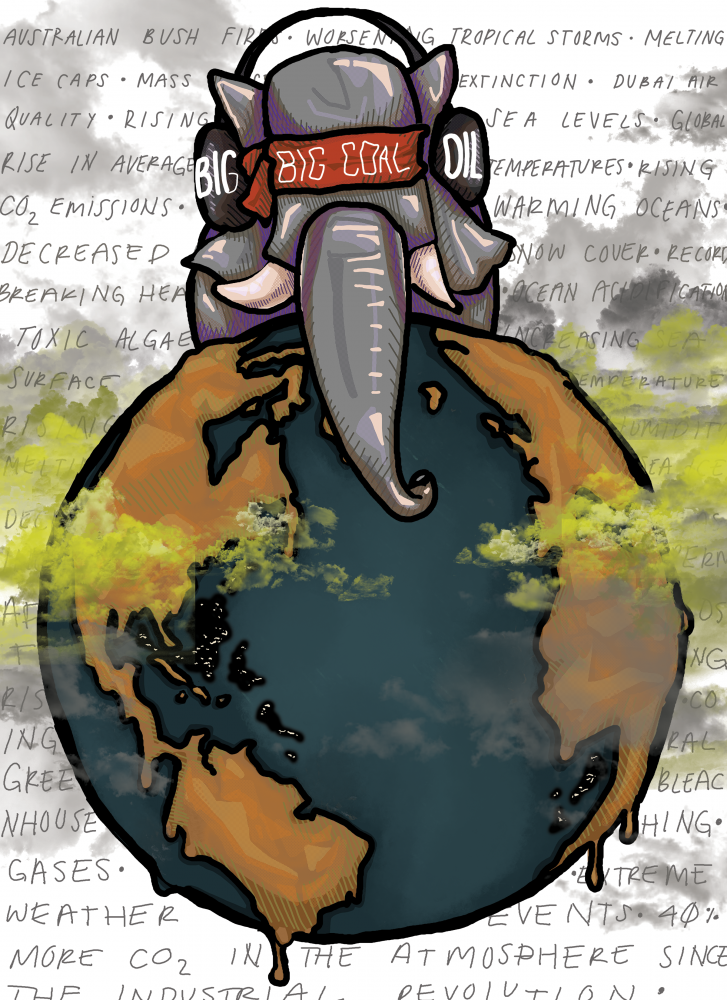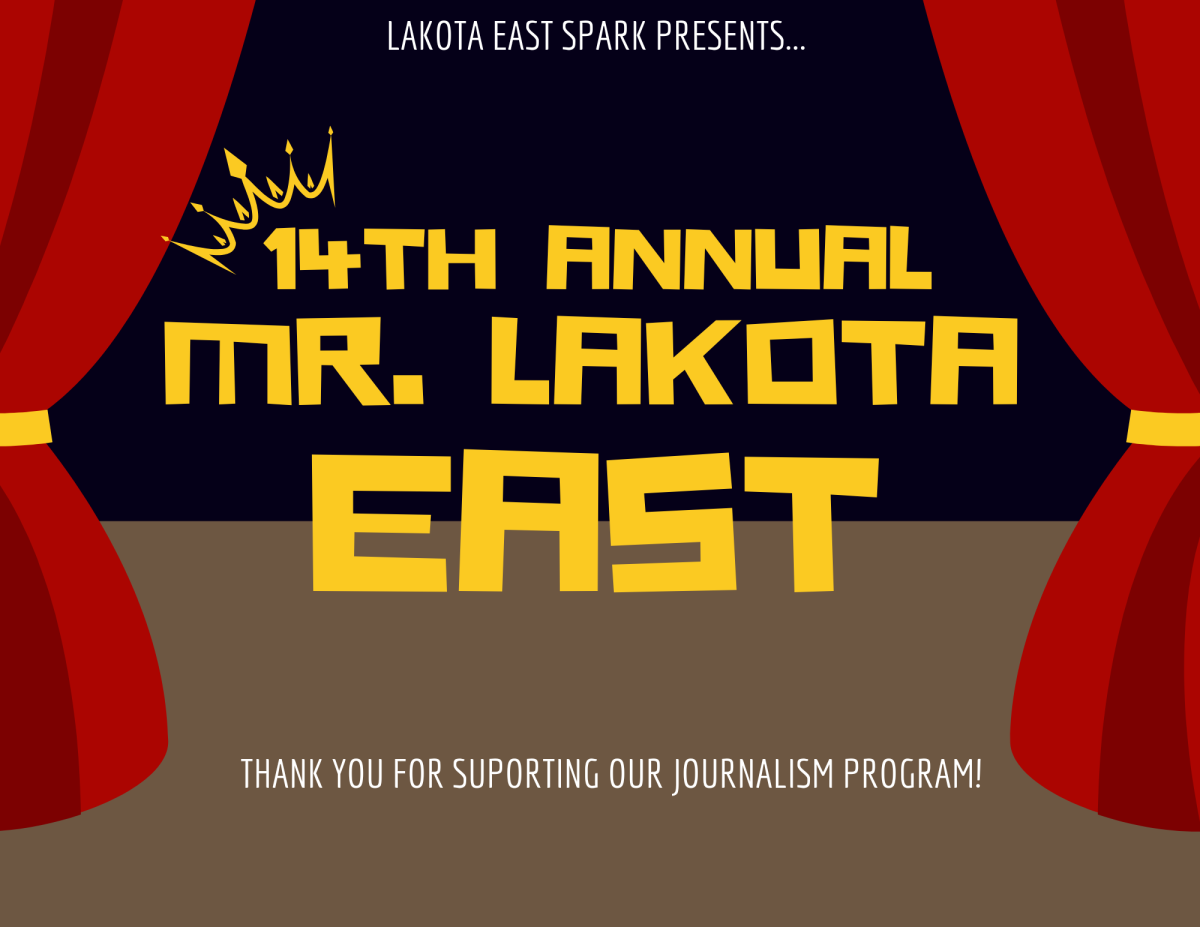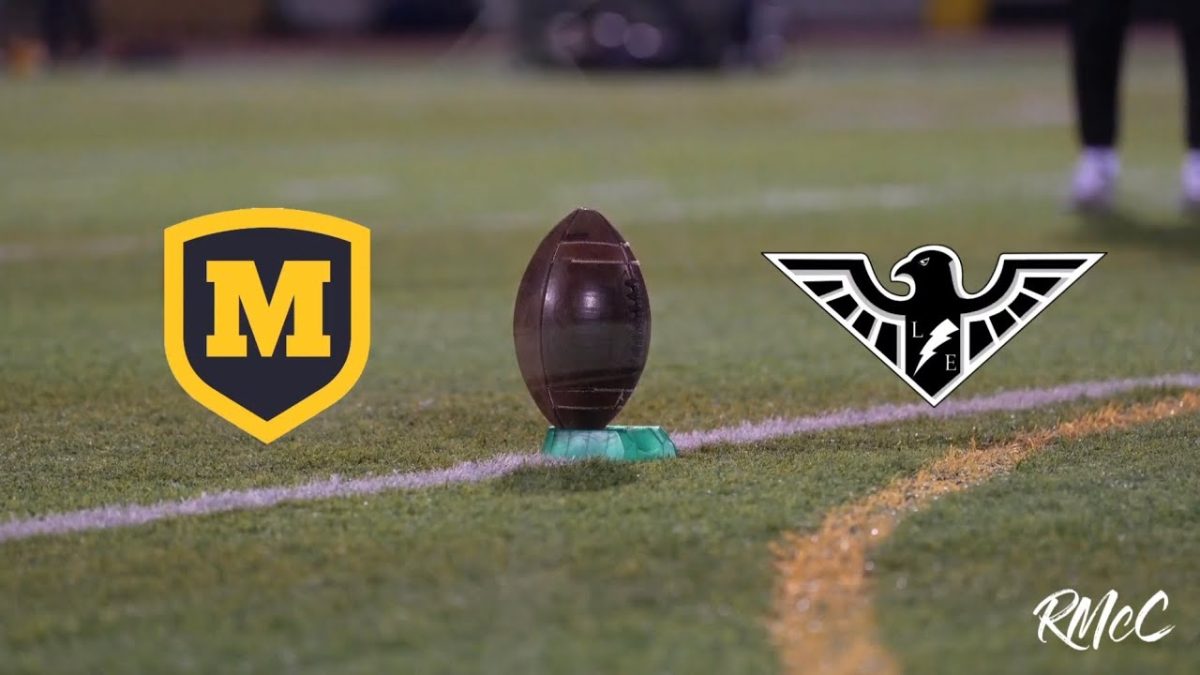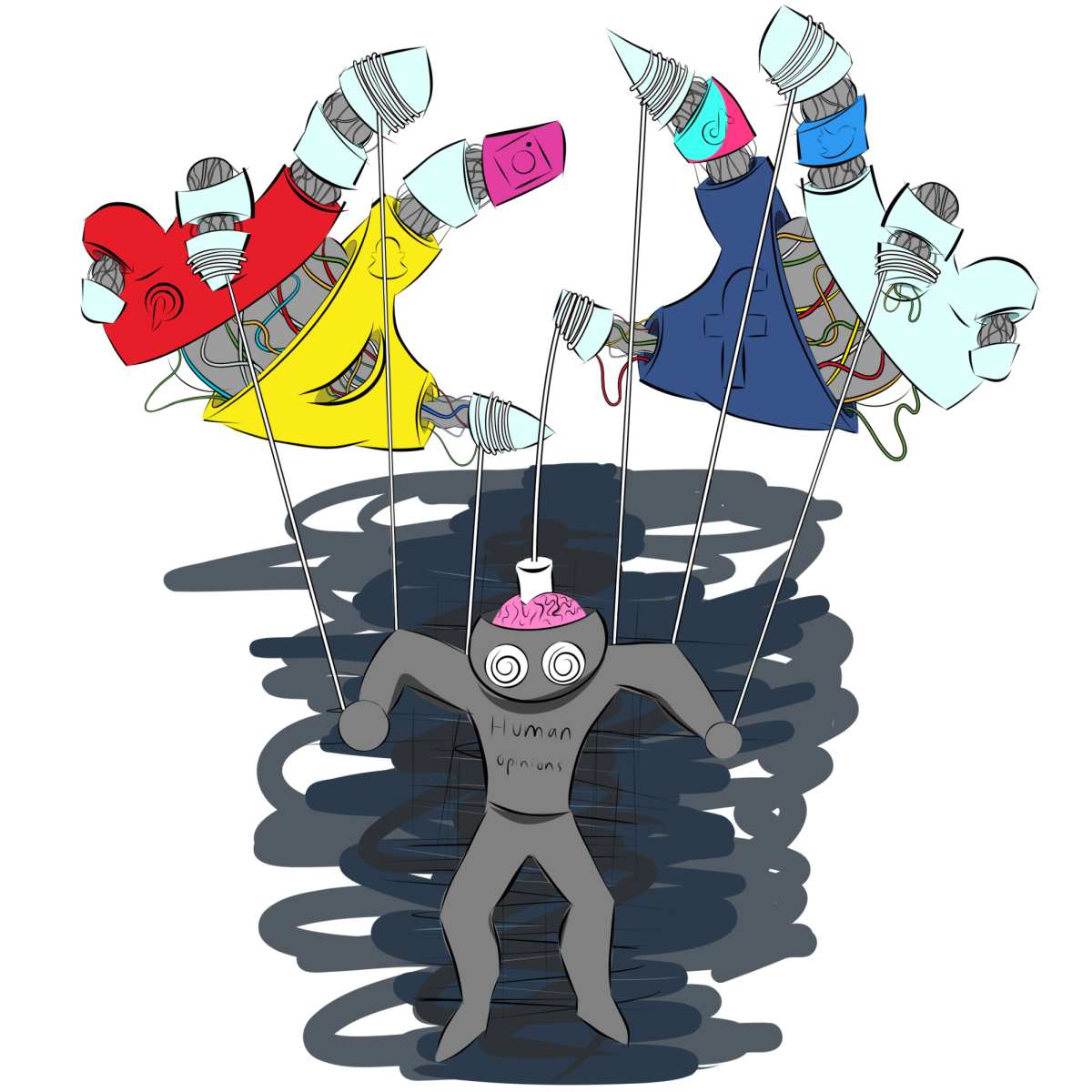When thinking of Valentine’s Day, what comes to mind? Flowers? Heart-shaped boxes of chocolates? Balloons and teddy bears? Expensive jewelry? At some point, society forgot that Valentine’s Day is not about these generic, dull gifts.
Rather, it is about showing loved ones how loved they are. This cannot be shown through a store-bought card with a bee saying “bee mine,” but with quality time, affection, and love. Whether people spend their Valentine’s Day having dinner with their significant other, getting their nails done with their best friends, or sitting in their bed watching cheesy romance movies alone, it is important to remember what Valentine’s Day is really all about
The holiday stemmed from the Roman festival of Lupercalia, a festival promoting health and fertility. In the fifth century, Pope Gelasius I forbade the celebration and replaced it with St. Valentine’s Day, according to Britannia. There are many saints named Valentine, so it is unclear who the day is really named after.
Whether it is named after the man who ended his love letters with “from your Valentine,” or the man who would secretly elope couples, this day did not become a day of romance until around the mid-fourteenth century.
The tradition of sending loving cards or “valentines” began in the 1500s, containing drawings of hearts and the Roman god of love, Cupid. Since then, Valentine’s Day has become a widely known and celebrated holiday. According to Drive Research, about 59% of the world’s population celebrate Valentine’s Day.
In the sixteenth century, buckets of blooms were the most popular Valentine’s Day gift, with roses being the most common. By the Victorian era, most people were receiving red roses for Valentine’s Day, according to Ettinger. Then in seventeenth century Britain, with the arrival of Spanish explorers, chocolates became a popular gift. This tradition has carried on since then, with flowers and chocolates being some of the most popular Valentine’s Day gifts. They are also some of the most basic. People expect flowers and chocolates because that is the way it has been for centuries, meaning there is no real thought behind it.
The Victorian era was also known for their intricate and beautifully designed cards, adorned with lace, heart drawings, and flowers. Now, most people will either buy expensive, showy gifts, or a generic gift like candy with a Valentine’s Day wrapper. Unlike the cards in the Victorian era, people are lucky to receive a cheap card or dull text message with flower emojis.
In fact, according to Drive Research, about 44% of Valentine’s Day spending is on candy. Candy is a dull, nonspecific gift that everyone is expecting. That is not what Valentine’s Day is all about. It is about spending time with loved ones and showing how much they are cared for.
Though some say buying gifts is meant to show a significant other “how much they are loved,” in reality, it is about buying gifts to show a significant other how much money the buyer has. The best way to show appreciation and love is by doing something a significant other enjoys.
A teddy bear and a heart-shaped balloon are not going to seem anywhere near as meaningful as spending the day together doing the things both people enjoy. This does not mean giving someone a gift is a bad idea. Getting someone a gift can be a thoughtful gesture, if there is true thoughtfulness and kindness behind it.
No matter how Valentine’s Day is celebrated, it is important to remember this one thing: Valentine’s Day is not about spoiling a significant other and buying expensive gifts. It is about spending time together and showing loved ones how much they are cared for. Lavish and expensive gifts should not be expected on Valentine’s Day because it is not what matters most. Save the expensive gifts for other celebrations and just enjoy the quality time spent together.



